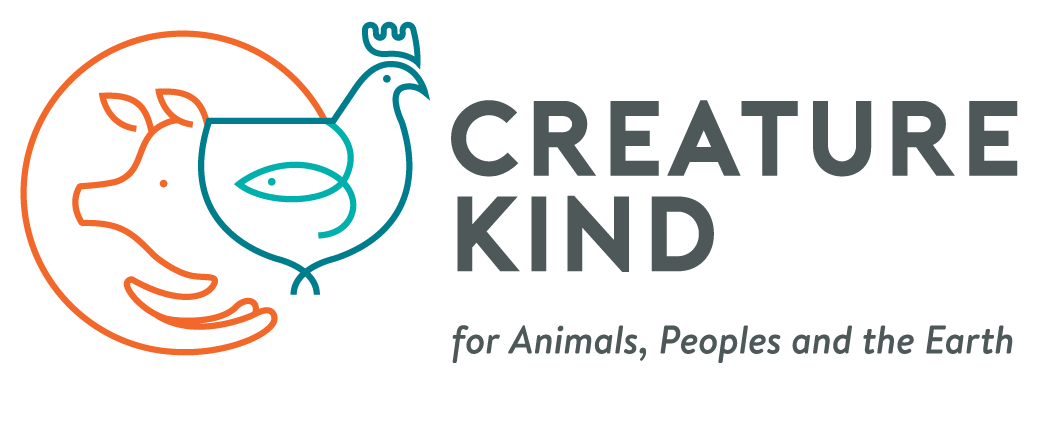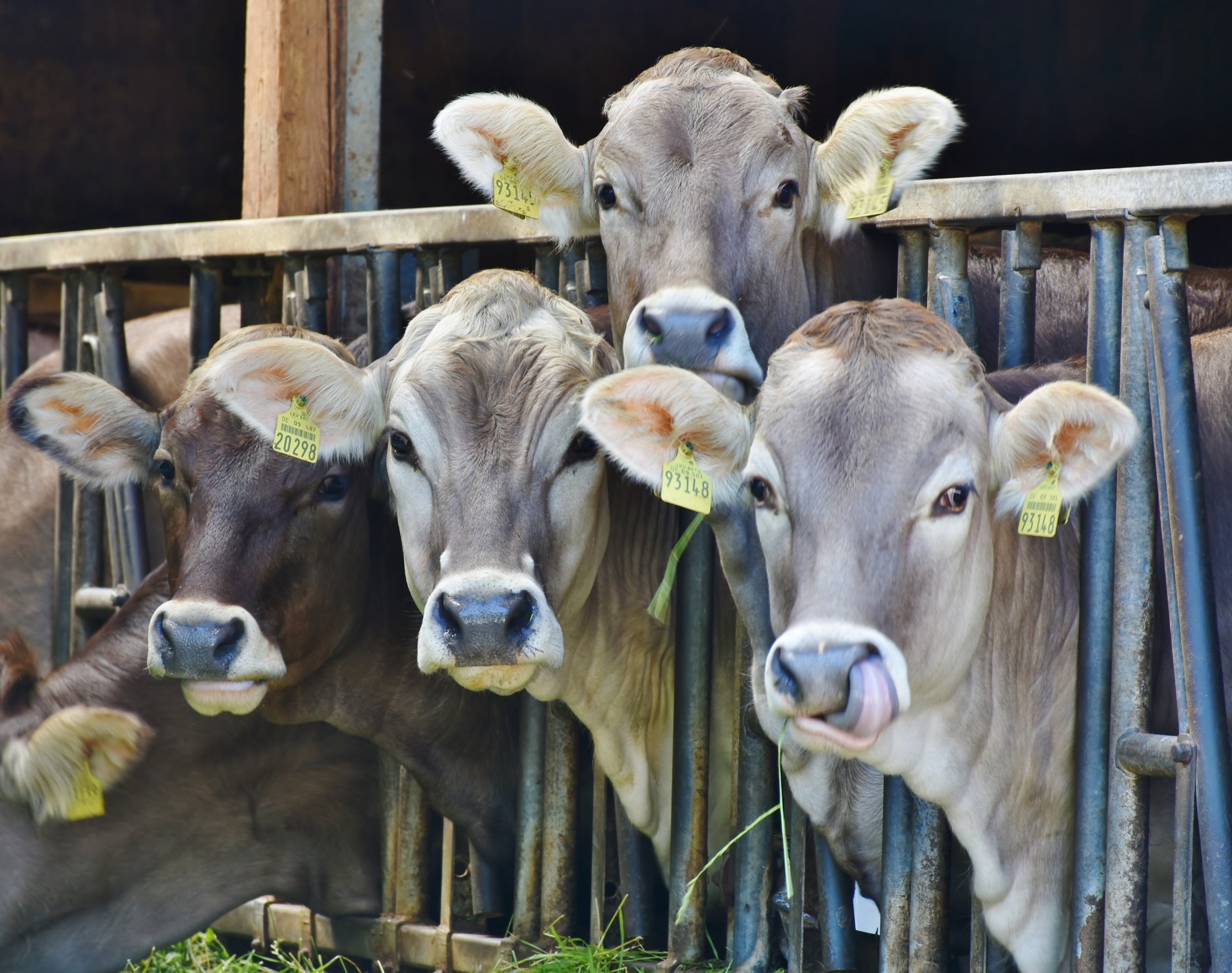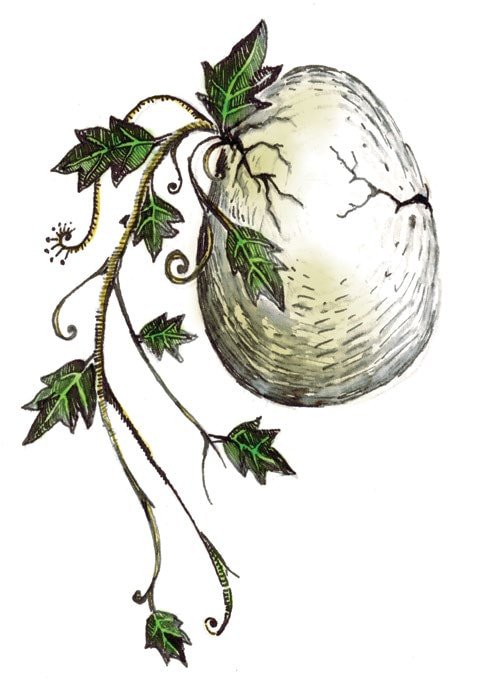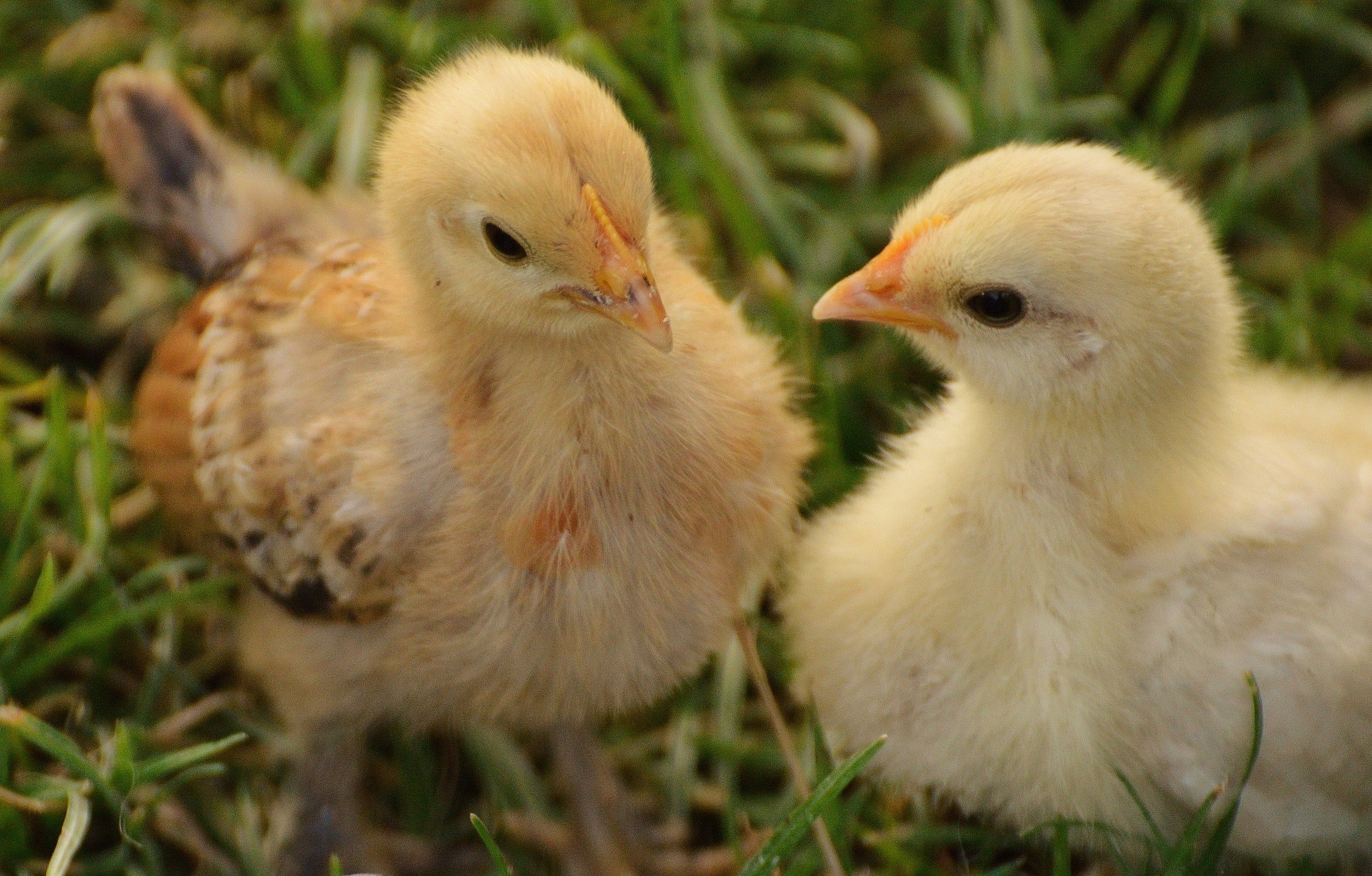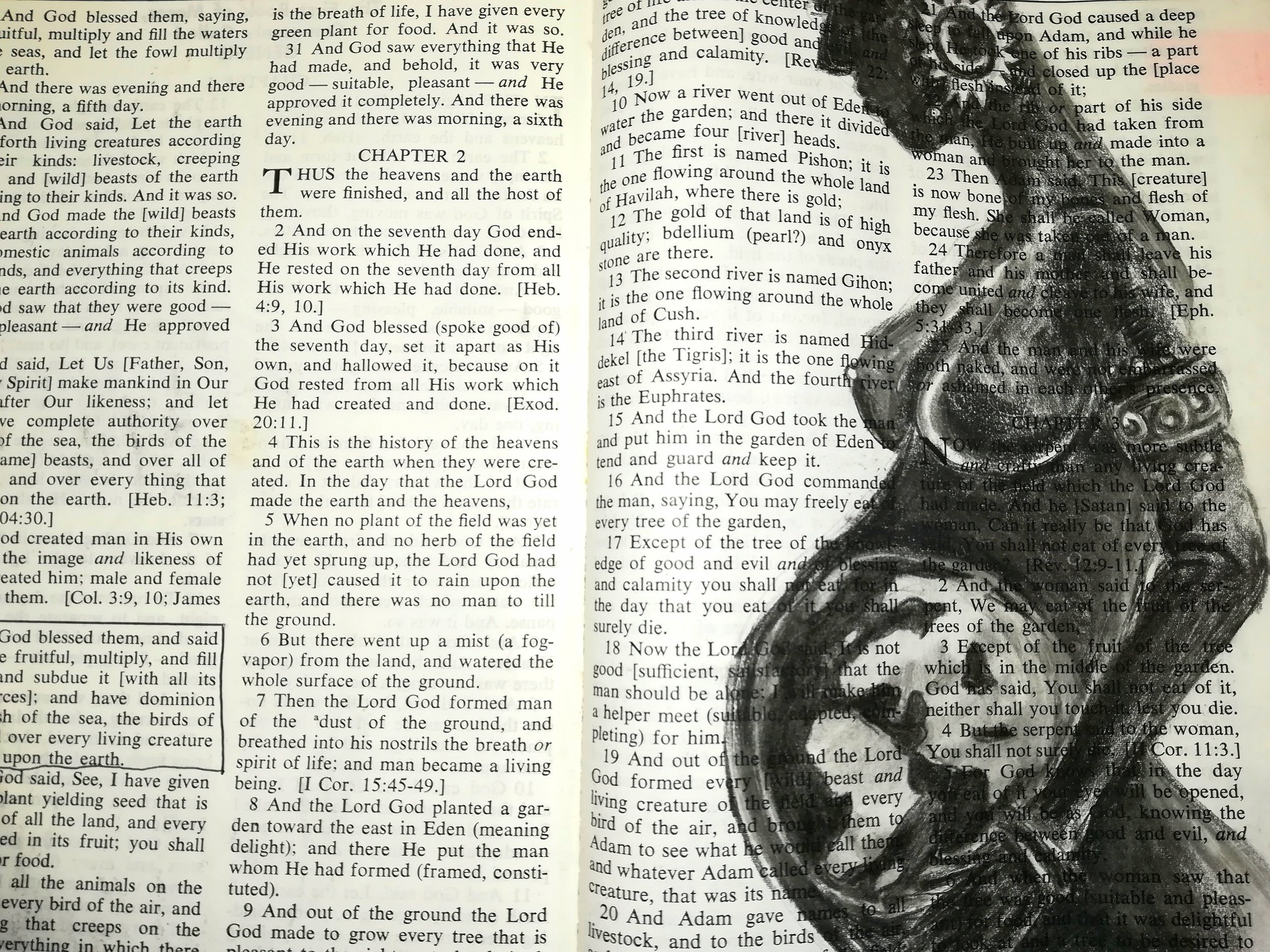By Megan Grigorian
With the holiday season upon us, CreatureKind has compiled an accessible plant-based meal guide with dishes that stay away from animal products and use ingredients that are widely accessible across the US. These recipes can be used with produce boxes and other items available through local food banks, and/or supplemented with cost-conscious ingredients at populated stores like Dollar General, Dollar Store, or grocery stores (if you have one accessible to you.) For reference, I am writing from Southeastern Virginia–local available produce will vary depending on location.
Eating in alignment with your values should be accessible to everyone. We hope these ideas might help create a special plant-based meal on a limited budget this season, so your table can continue to include all of God’s beloved creation. If we can be of any help planning meals, please don’t hesitate to reach out.
Breakfast $5 or less
Cinnamon Rolls with orange glaze
There are some brands of cinnamon rolls that are accidentally vegan or contain less than 2% of dairy products, just check the back for a list of ingredients for dairy or egg ingredients. Cook in a convection or regular oven as directed.
While they are cooking, make an orange glaze using 1 cup of powdered sugar and the juice and zest of one orange. Alternatively, you can use about 2 tablespoons of an individual orange juice for the glaze. Mix until smooth and top your cinnamon rolls while they are still warm. This would also make a delicious dessert to go with dinner. Enjoy the warm sweet treat!
Tofu scramble
This is one of the heartiest breakfasts, and can be prepared using really any vegetables you have access to (peppers, onions, or greens all would be tasty). A block of tofu costs around $2.50 and will make enough for four people. You’ll also need a pan, some oil for your cooking, salt and pepper (or whatever seasonings you have on hand). This dish is very forgiving. Here is how I prepare it:
Press tofu by wrapping it in a towel and putting something heavy on top (like a pan or books, this draws the moisture out so it will get to a nice texture when you cook it). Leave for at least 30 minutes.
Dice up all your veggies while the tofu presses.
Coat your pan with whatever oil you like to use for cooking (olive, coconut, vegetable–they will all work) and heat the pan on medium low
Add your onions and peppers and saute until nice and soft. Salt and pepper them. Remember lots of seasoning is the trick to making a good scramble.
Crumble up your tofu and get it incorporated with the veggies
Season some more, cook some more, and then add a little more.
Cook until the tofu reaches a texture that is appealing to you. I like it to be pretty firm, so I saute for about half an hour-45 minutes on low-medium heat.
Taste for extra seasoning, take off the heat.
Serve with some bread and vegan butter, or on its own.
Pumpkin Pie Oatmeal
Canned pumpkin puree is a popular item at food banks this time of year, and cooked with oats and some cinnamon makes a delicious, filling breakfast. Many dollar stores also carry soy milk now so you can get it at a much lower price point than other grocery stores. Liedl also has a non dairy whipped cream for around $3 that would make a great topping. You can make this on the stove or in the microwave. The recipe below from The Simple Veganista serves 4.
Ingredients
2 cup old fashioned oats
1 cup pumpkin puree
2 teaspoon pumpkin pie spice (or cinnamon)
1/2 cup plant milk
3 cups water
pinch of salt
Optional: nondairy whipped cream and vanilla extract
Instructions:
Stovetop: In a saucepan, combine oats, pumpkin puree, pumpkin spice, plant milk, 2 tsp vanilla extract (if available to you, it will be tasty without it) water, and salt. Bring to a boil, reduce heat to simmer, and cook over a gentle boil for 3 – 4 minutes. Remove from heat and let stand for 2 to 3 minutes.
Microwave: Add ingredients in a large bowl and mix well to combine. Microwave on HIGH for 3 minutes, stopping to stir after 2 minutes. To prevent the oatmeal from boiling over, be sure to use a larger, wider bowl. Let cool a few minutes before serving.
Dinner
Cornbread
Jiffy cornbread mix is less than a dollar, and there are many ways to make it vegan. Prepare as directed by the box, using any of these substitutes for the eggs:
Egg substitutes:
3 Tbsp. aquafaba (canned chickpea liquid)
Unsweetened applesauce. 1/3 cup in 8.5 oz Corn Muffin Mix.
Flax Egg: 2 tsp. ground flax seed and 3 Tbsp. warm water (let sit 15 minutes before using)
Collard Greens
This simple and delicious greens recipe is from Rev. Dr. Christopher Carter’s book The Spirit of Soul Food: Race, Faith, and Food Justice. You can use the orange juice leftover from breakfast if you made the orange cinnamon rolls.
Ingredients:
A bunch of collard greens, chopped
1 tablespoon oil
2 garlic cloves, minced
⅓ cup fresh orange juice
salt
⅔ cup raisins (you can get a small package at the Dollar Store)
Directions:
In a large pot over high heat, bring 3 quarts of water to a boil and add 1 tablespoon of salt. Add the collards and cook, uncovered, for 8-10 minutes, until softened. Meanwhile, prepare a large bowl of ice water in which to cool the collards. Remove the collards from the heat, drain, and plunge them into the bowl of cold water to stop cooking and set the color of the greens. Drain by gently pressing the greens in a colander. In a large saute pan, combine the oil and the garlic and raise the heat to medium. Saute for 1 minute. Add the collards, raisins, and ½ teaspoon salt. Saute for 3 minutes, stirring frequently. Add orange juice and cook for an additional 15 seconds or so. Be careful not to overcook, as the greens should be bright green in color. Season with additional salt to taste if needed and serve immediately. This recipe serves 5-6 people.
Candied Sweet Potatoes
This classic side dish is the most time intensive part of the meal, but uses just a few ingredients, most of which you will have on hand if you purchased them for other dishes in the meal. Sweet Potatoes always add a nice pop of color on your plate too. Recipe from AllRecipes.com.
Ingredients:
6 sweet potatoes
1 cup packed brown sugar
½ cup vegan butter or margarine
½ cup water
1 teaspoon salt
Instructions:
Preheat oven to 350 degrees
Place a steamer basket in a large pot and bring 2 inches of water to a boil. Place whole sweet potatoes in the steamer basket and cover. Cook until tender, about 30 minutes. Drain and cool.
Peel and slice sweet potatoes lengthwise into ½ inch slices. Place in a 9 x 13 inch baking dish.
Melt brown sugar, butter, water, and salt in a small saucepan over medium heat. When the sauce is bubbly and sugar is dissolved, pour over the potatoes.
Bake in the preheated oven for 1 hour, occasionally basting the potatoes with the brown sugar sauce.
Black Bean Loaf
A filling and tasty main dish packed with protein from Natasha Condie at One Green Planet, I recommend the Dollar Store for a small container of soy sauce. It adds a lot of flavor and seasoning.
Ingredients:
2 cans black beans, rinsed
1.5 cups quick oats
1 red bell pepper, chopped.
1 carrot, chopped or grated.
1 small onion, minced
1 clove garlic, minced
1 tablespoon soy sauce
Black pepper, to taste
Water for sautéing.
Instructions:
Pre-heat oven to 350°F.
In a medium pan, water sauté the onions until translucent then add the garlic, pepper and carrot. Cook for about 5-6 minutes, until softened.
In a large bowl, combine the black beans, oats and all seasonings. Add in the veggies that you sautéed and mash with a potato masher or fork until well combine but not mushy, If it isn't moist enough add water and if too moist add oats until it holds together.
Spoon "dough" into a parchment paper lined loaf pan and bake for about 30 minutes, until it has developed a nice crust.
Serve with side dishes of your choice and enjoy!
Cake in a mug
This is one of my favorite easy desserts. It uses just a few ingredients and comes out moist and delicious each time. You can also customize it based on everyone’s tastes and get kids involved by having them pick out their favorite toppings like sprinkles or other candies. To cook, you’ll just need a mug per person and a microwave.
Ingredients:
6 tablespoons boxed cake mix, any variety works great
4 tablespoons water
2 teaspoons oil
Frosting and sprinkles for topping, optional
Instructions:
Rub cooking oil in the mug to prevent sticking. Mix together cake mix, water, and 2 teaspoons of oil inside.
Microwave for a minute and 15 seconds (give or take 10 seconds). Remove from microwave and allow mug to cool. Add your toppings and enjoy!
Snacks from the Dollar Store–to munch on during the day, or use for a charcuterie board:
They have a variety of assorted mixed nuts that are $1
Trail Mix for dried fruit
Spicy Pickles in the refrigerated section
Crackers and hummus
Accidentally vegan cookies and treats–like Oreos
Products to Donate to Food Pantries
These are foods that food banks look for all year round. Check out the needs in your local community for other ideas if you have the means to donate this year.
Pop-top canned fruits and vegetables
Dried fruits
Pop-top soups and meals
Pasta meals, box rice, instant potatoes
Whole grain cereals, oatmeals
Peanut butter/jelly
